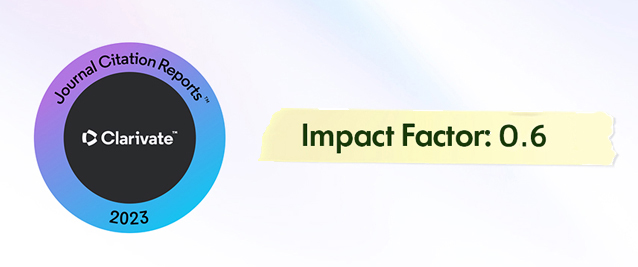Abstract
This research develops a new control method for the IEEE Second benchmark model (SBM) that uses an intelligent optimization-based static synchronous compensator to reduce low-frequency torsional oscillations. This low-frequency oscillation caused by mainly shunt and series compensation produces torsional oscillation and induction generator effect in a synchronous generator that may lead to fatigue in the shaft and continuation of low-frequency oscillations for a long duration. To minimize this effect, various techniques have been applied. The Static Synchronous Compensator's gate signal is managed by the control strategy using two distinct proportional-integral (PI) controllers in accordance with system voltage. The test system is subjected to a three-phase LLL-G fault with zero inherent dampening considered to simulate the most severe situation, with natural damping for comparative analysis. The time-domain outcomes of the rotor dynamics for different test scenarios with and without the Static Synchronous Compensator and with the proposed PSO (Particle swarm optimization), FF (Firefly algorithm), and GWO (Grey Wolf Optimizer) Optimization-based Static Synchronous Compensator (STATCOM). The efficiency of the proposed controller in reducing overall power system oscillations is demonstrated using optimization-based STATCOM. The proposed study demonstrates the superiority of the GWO optimization technique over FF, PSO, and standard STATCOM in terms of settling time. This is evidenced by comparing the simulation results, including the performance index.














